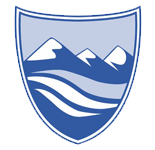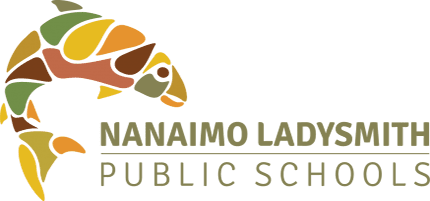Welcome to Land and Language Based Learning at LSS. uy’ye’thut ch ‘u’ suw ts’its’uwatul’ ch
This class is co-taught by yutustanaat and William Taylor.
Please note that for the curriculum is based on traditional Coast Salish teachings and consists of hul’q’umi’num’ together with another course (or courses) chosen in consultation with you and with counsellors to support each student’s educational path. This year, English First Peoples is the default second course.
Our assessment practices are as follows:
- Are you present and prepared?
- Are you listening?
- Can you tell the story back?
- Can you identify and add your strengths/gifts to the class work?
We are using the following text this year: Two Houses Half Buried in Sand, Cryer. yutustana:t’s great grandmother is the central storyteller here and we are honoured to receive these teachings.
Our hands on work this year includes Coast Salish weaving (featuring a blanket featuring the Canada Goose symbolizing leadership in reconciliation), Drumming/Singing, and producing a play in hul’q’umi’num’ (the seagull steals the sun).
Here is a paper written by yutustana:t about some of our work.
Drumming and Singing
As our students were shown the many uses of cedar, they had the experience of making a drum and using cedar for the rim for their drum.
Students are taught to respect all living things. The elk gave its skin and sinew and the cedar provided the frame. Students were taught to have uy’ sqwaluwun ‘good feelings’ while working with the materials.
Cedar Work
Today I would like to share the use of cedar being used in our land-based class. Our students are working hard to bring back our old teaching of being respectful to our beautiful gifts from the land, such as cedar. I present this personal story to provide a glimpse of a Coast Salish perspective on a way of being with the resources of our territory.
Weaving
Students gain weaving experience on the large loom, benefiting from my family teachings. I chose the motif to be found on the blanket — liimus. This Hul’q’umi’num’ word means Canada Goose leader and will be used to represent the class’s leadership in reconciliation.
The idea of transformation is central to these teachings. Fleece is transformed to roving, which is transformed to yarn, which is transformed to a blanket. The work completed in our class has awakened the culture for many of our First Nations students. By continuing to awaken all of our students, First Nations and non-First Nations, to the teachings of our elders, our language will flourish, and we will begin a healing journey.
Fibre Processing
The teachings discussed in this section include fibre processing — cleaning, teasing, carding, and spinning – along with weaving. Working with fibres in our class offers us the opportunity to re-live ancient teachings, to re-awaken culture buried in our Coast Salish students.





